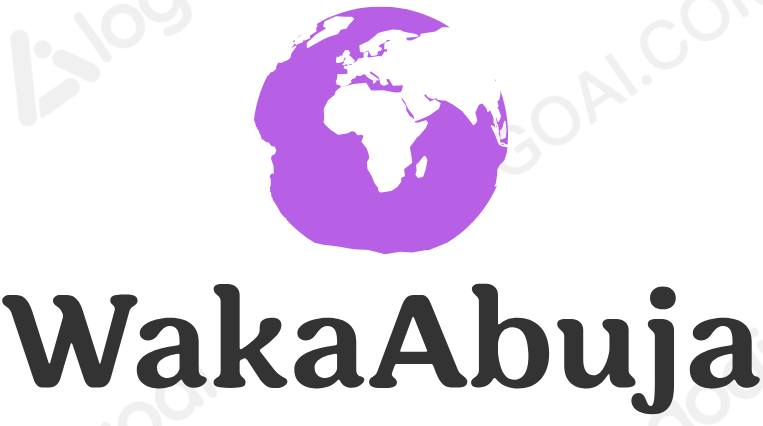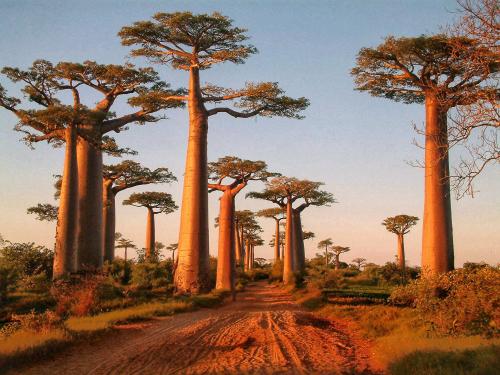Quick Overview
Madagascar is a dream destination for wildlife lovers, beach seekers, and adventure travelers. In this comprehensive guide, I’ll walk you through the must-see spots, where to stay, how to get around, when to visit, budgeting tips, safety advice, and more.
Whether you’re after the unique lemurs, stunning baobab trees, or pristine beaches, I’ll share personal insights, trusted tours, and emergency contacts to help you have a seamless and unforgettable experience.
Madagascar Travel Guide
When I first landed in Madagascar, I was blown away by how unlike anywhere else it felt — from the lush rainforests and quirky wildlife to the welcoming Malagasy people.
Madagascar isn’t just a place you visit; it’s a place that leaves a mark on you. This guide aims to make your trip smooth, exciting, and safe by sharing everything I learned from my own journeys and local connections.
Top Attractions and Activities You Can’t Miss
Explore the Unique Wildlife
Madagascar is home to species found nowhere else on Earth. Visit Andasibe-Mantadia National Park to see the famous Indri lemurs up close.
For a night adventure, try spotting chameleons and nocturnal animals in Ranomafana National Park. My personal favorite was the playful ring-tailed lemurs at Isalo National Park, where you can also hike through stunning sandstone formations.
Marvel at the Baobab Alley
The iconic Avenue of the Baobabs near Morondava is a photographer’s dream — especially at sunset. These giant, ancient trees give Madagascar a surreal, otherworldly vibe that you won’t find anywhere else. I recommend spending at least a couple of hours here to soak in the atmosphere and get some incredible photos.
Relax on Idyllic Beaches
Nosy Be is the island hotspot for beautiful beaches and excellent diving. For a quieter vibe, check out the Île Sainte-Marie, where you can whale-watch from July to September.
I personally loved snorkeling in the clear waters around Nosy Komba, where colorful reefs and turtles abound.
Immerse Yourself in Malagasy Culture
Don’t miss the bustling markets of Antananarivo (the capital), where you can sample local street food and buy handicrafts. If you time your visit right, attend the Famadihana — a fascinating traditional Malagasy “turning of the bones” ceremony, though it requires local guidance to attend respectfully.
Best Time to Visit Madagascar
The ideal time to visit is during the dry season, from April to November. This is when wildlife is most active and the weather is pleasant. Avoid the cyclone season from January to March, as heavy rains can disrupt travel plans and damage roads.
My trips during September and October were fantastic — less crowded, sunny days, and great conditions for hiking and beach activities.
Getting to Madagascar
Most international visitors fly into Ivato International Airport (TNR) in Antananarivo. Airlines like Air Madagascar, Ethiopian Airlines, and Air France operate regular flights. Depending on your country, you may need a connecting flight through Nairobi, Johannesburg, or Paris.
Pro tip: Book your flights at least 2-3 months in advance for the best deals, especially if you plan to visit during the high season.
Getting Around Madagascar
Traveling within Madagascar can be an adventure in itself. Here are your main options:
- Taxi-brousse (Bush Taxi): The most affordable way to travel between towns, but expect basic conditions and slow journeys.
- Car Rental with Driver: Highly recommended for comfort and safety — many roads are rough, and local drivers know the terrain well.
- Domestic Flights: To save time on long distances, use Air Madagascar’s domestic flights, especially between Antananarivo, Nosy Be, and Tulear.
- Boat Transfers: For island hopping near Nosy Be or Île Sainte-Marie, local boats are your best bet, but confirm safety and weather conditions beforehand.
Personally, hiring a driver made my trip stress-free and allowed me to access hidden gems off the beaten path.
Where to Stay in Madagascar
Accommodation ranges from budget guesthouses to luxury lodges. Here are some top picks:
Budget Friendly: Madagascar Underground (Antananarivo)
A cozy hostel with great social vibes and affordable dorms/private rooms. Perfect if you want to meet other travelers.
Mid-Range: Hotel Sakamanga (Antananarivo)
A charming hotel with colonial architecture, great food, and a central location. Ideal for comfort without breaking the bank.
Luxury: Anjajavy Lodge (Northwest Coast)
A remote and luxurious eco-lodge offering private villas, stunning nature, and exclusivity. Expect top-notch service and incredible wildlife encounters.
Typical Costs & Budgeting for Your Trip
Madagascar is affordable compared to many tropical destinations, but costs vary widely depending on style and location.
Budget
USD $20–40 per day
Hostels, local food, and taxi-brousse transport.
Mid-range
USD $50–100 per day
Comfortable hotels, private transport, and guided tours.
Luxury
USD $150+ per day
Luxury lodges, private charters, and fine dining.
Keep cash handy, as ATMs outside major cities are rare, and card acceptance is limited.
Safety Tips for Travelers
- Stay vigilant in crowded markets and tourist spots to avoid pickpocketing.
- Avoid walking alone at night, especially in Antananarivo.
- Use trusted guides and transport options.
- Drink bottled or boiled water to avoid stomach issues.
- Keep your valuables secure and carry copies of important documents.
Emergency Contacts
- Madagascar Police: 117
- Fire Service: 118
- Ambulance: 124
- Tourist Police (Antananarivo): +261 20 22 603 88
Final Thoughts
Madagascar is truly a one-of-a-kind destination. With some planning and an open mind, you’ll come back with stories that few can match. From the lemurs’ curious eyes to the endless horizon of pristine beaches, Madagascar will capture your heart like it did mine.
Frequently Asked Questions (FAQs)
Do I need a visa to visit Madagascar?
Most nationalities can obtain a visa on arrival valid for 30 days. Check the latest requirements before you travel.
Is Madagascar safe for solo travelers?
Yes, but take usual travel precautions, especially in urban areas at night. Hiring local guides adds a layer of safety and enriches your experience.
What vaccinations are recommended?
Yellow fever vaccination is required if you’re coming from an infected area. Hepatitis A, typhoid, and routine vaccinations are advised. Consult your doctor well ahead of your trip.
Can I use credit cards widely?
Credit card use is limited outside major hotels and restaurants, so carry cash (Malagasy Ariary) for daily expenses.
What languages are spoken?
Malagasy and French are official languages. English is less common but spoken in tourist areas.
Disclaimer:
The information provided in this guide by WakaAbuja is for general informational purposes only. While every effort has been made to ensure accuracy and reliability, travel conditions, prices, and regulations may change without notice. Travelers are advised to verify details with official sources and take necessary precautions. The author and publisher are not responsible for any loss, injury, or inconvenience caused as a result of reliance on the information presented. Travel at your own risk and always follow local laws and guidelines.



